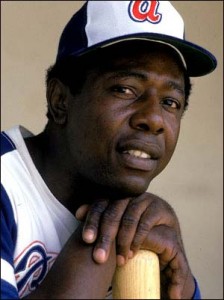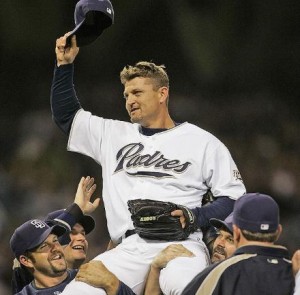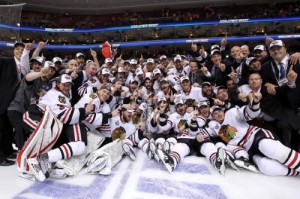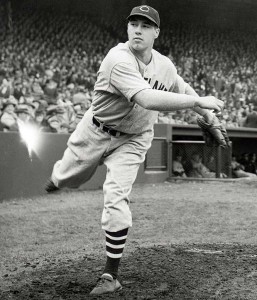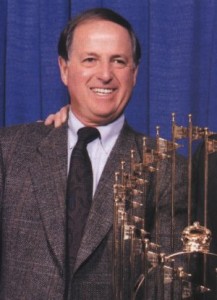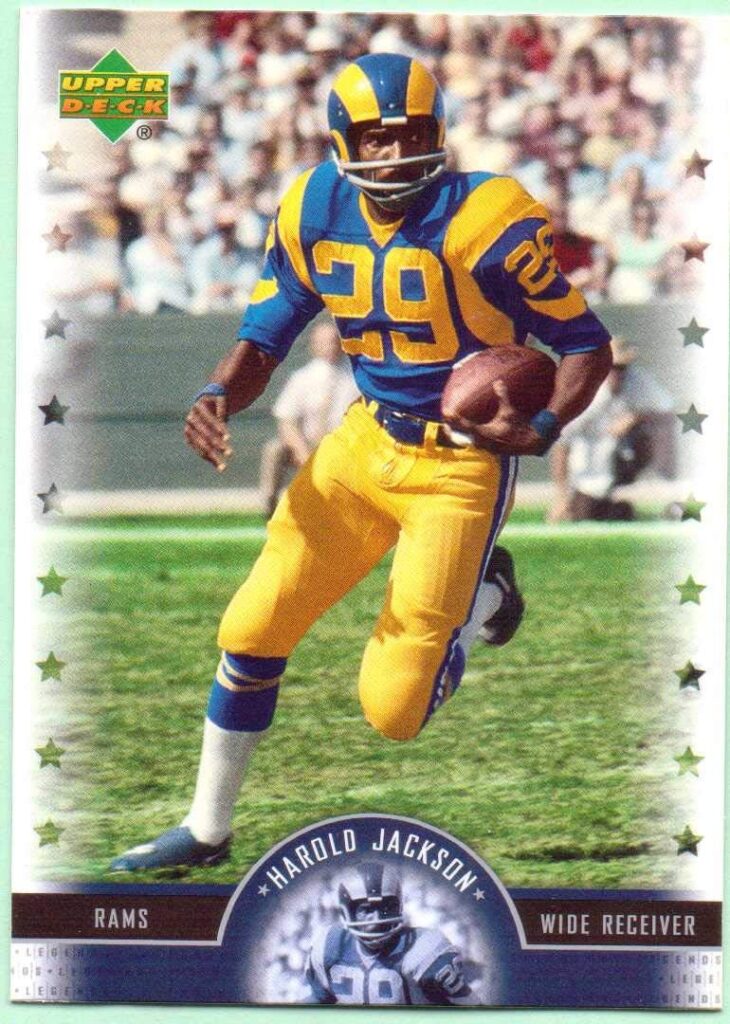Happy 77th Birthday Hank Aaron! 3
There are some special names in sports that when you read them on a page or see an image on television, it immediately brings memories flooding through your head. Hank Aaron is one of those names. He isn’t just one of the greatest baseball players of all-time, he is an icon, albeit probably one of the most under-appreciated icons in the United States.
When I saw that today (February 5th) is Aaron’s 77th birthday, I immediately took note.
Whether right or wrong, we rarely take time on the Sports Then and Now site, or in the sports world in general, to recognize and celebrate the birthdays of sports greats. Maybe we should do it more often, but it seems we spend much more time writing about players who have recently passed away than celebrating those who are still with us.
I guess there isn’t really anything wrong with that and with a limited amount of time available to write, celebrating the careers of those who recently have left us certainly isn’t a bad thing.
But knowing that Hank Aaron is now 77 years old reminded me that we need to be sure and celebrate those who are still here while they are here. It is part of why I created Sports Then and Now nearly two years ago. To provide a place where sports fans could go and remember the greats of the sports world when they were in their prime while also connecting that by-gone time with today’s sports world. So while we aren’t able to write a feature each day on a sports star who is celebrating a birthday (though I pledge to do it more often), beginning today we are starting a new side column below our regular “On This Date” feature that celebrates the birthdays of our sports stars.
I recently was going through boxes of things I have amassed over the years (I am a huge pack rat) and in one of the boxes found a program from the first game of the 1990 season for the Richmond Braves, which at the time served as the Triple-A affiliate for the Atlanta Braves. I was an intern for the Braves during that season. Read the rest of this entry →
